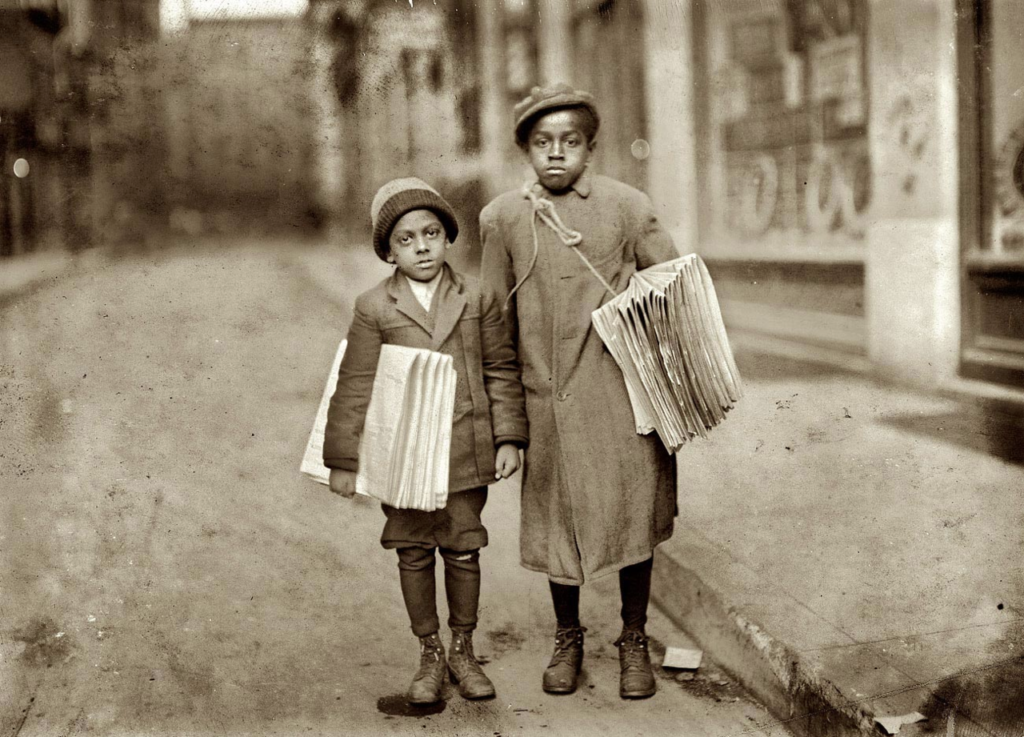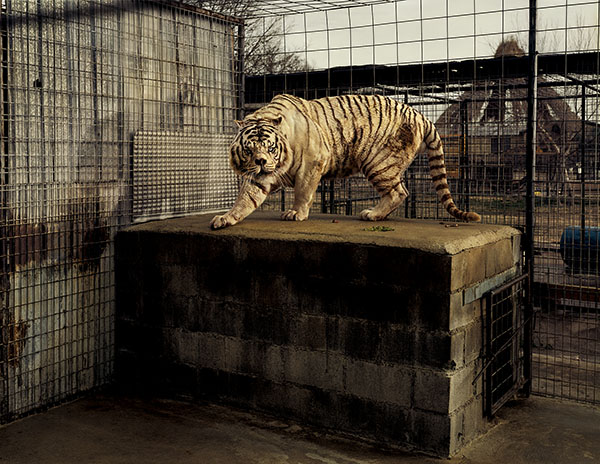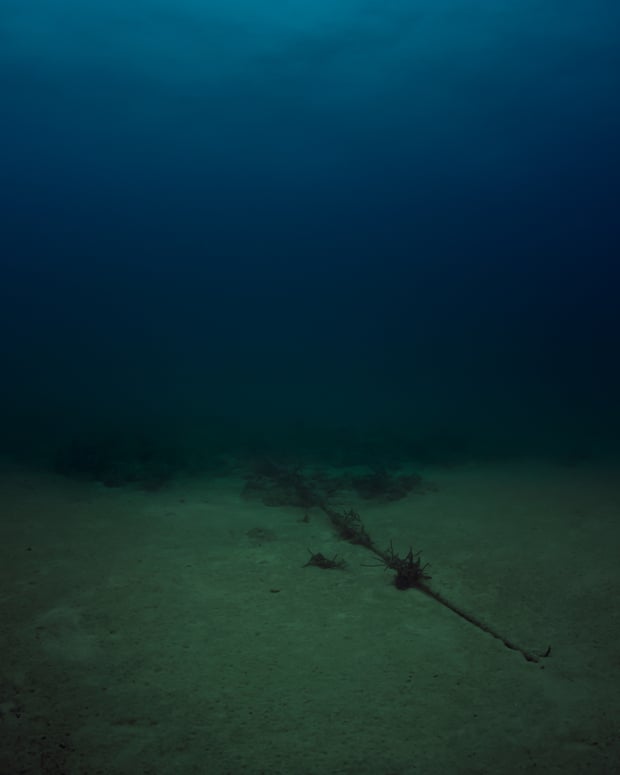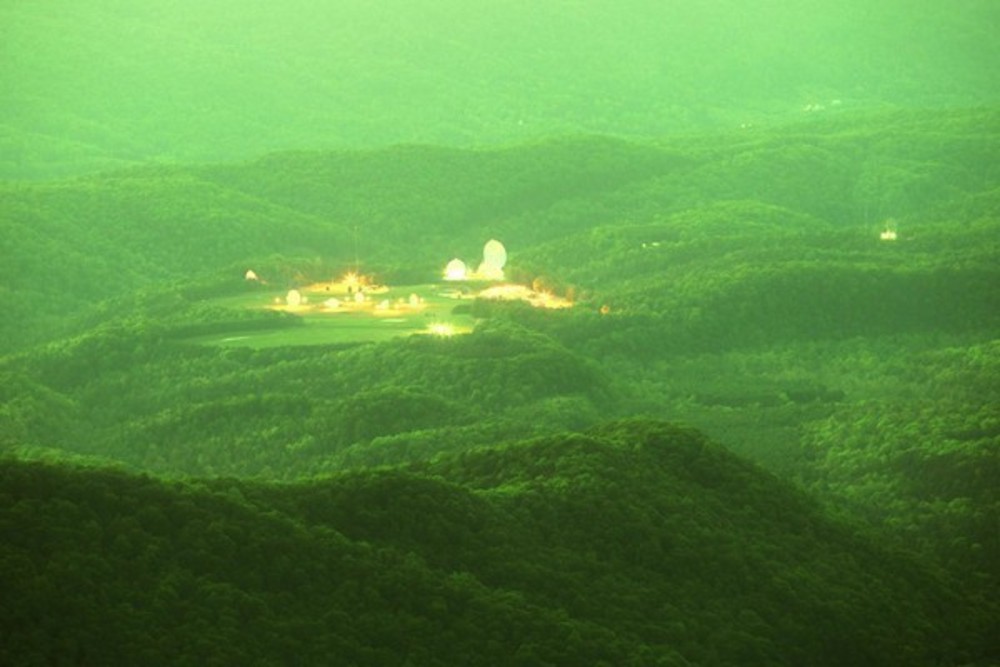The Allure and Pitfalls of Seeing Photographs, and the World, in Isolation
Posted on August 19, 2020
Political crises are often abstract, even invisible—and thus difficult to record, particularly in a single frame. So how do we, in a state of isolation, move beyond the isolated image to see what’s happening?
A friend pointed out recently that the months of isolation have made us not only worried and frustrated but also socially awkward. As we venture out of our pods, we are rusty at communicating, made worse by masks and other safety protocols. You can’t read facial expressions, you don’t know where someone has been, you can’t trust their behaviors, or politics. The Covid pandemic has wrought much more than sickness and death. It has struck at the foundations of our social order, profoundly disrupting the ways in which we communicate and build sympathy for one another.
Isolation breeds problems on all levels. Humans are social beings and the realities we inhabit are complex and evolving over time. Our inherited political and economic systems are, like it or not, global and intertwined. And yet there persists these romantic—potentially dangerous—fantasies of isolationism, engendering thoughts of nationalism, racial purity, and absolute economic sustainability. On the private side, we remain fiercely individualistic, we idealize self-care, and guard our personal time. Yet, if we’re honest, most of us only need these in small doses. Movement, mixing, and messiness are truer to who we are as human beings than any fantasy of isolation or self-containment.
Like many people, I’ve been questioning recently the innocuousness of large daily doses of news photographs, clever memes, and Twitter proclamations. In much the same way that reading only headlines spikes anxieties, “doomscrolling” large quantities of still images feels increasingly like eating a cake that’s all frosting—the rich outer layer without substance. The sugar high is achieved but ultimately results in a headache.

Still photographs, like those by Henri Cartier-Bresson, tell a story in a concise and satisfying way. A quick glimpse at a photo like Rue Mouffetard, Paris, 1954, featuring a proud boy carting home the wine, and you instantly get it: he’s playing the adult to an audience of girl admirers. Yet political stories are harder to capture in a single image. A Cartier-Bresson photo such as Gestapo informer recognized by a woman she had denounced, Transit Camp, Dessau, Germany, of 1945, relies on its title to explain what is happening, and even then, no details other than haircuts and facial expressions are shared. But these are only partial stories. They are symbolic stories, telling us, paradoxically, more about adolescence, or French culture, or political retribution generally than about the life of a particular French boy or the deeds of a particular Gestapo informer and her victim.
We have all grown wise to the media convention of showing an image of a slumped POTUS for a story on spiraling polls, or a beleaguered Dr. Fauci touching his face, seeming to despair. And we know these images are merely illustrational—taken in another context and used to juice a given story. Photographs remain the gold standard for serious journalism in much the same way black-and-white photographs denote history: this thing happened, or it happened long ago, and here it is, this absolute truth, crystallized for eternity. Yet such images, we know, can be problematically incomplete and even misleading.

In truth, photographic series are much better suited to telling long and complex stories, though they admittedly lack the punch of a galvanizing single image. Lewis Hine attacked the exploitation of child laborers during the first decades of the twentieth century not by producing a single iconic photo of a newsy or cotton mill worker, but by capturing child laborers by the score in two large and distinct bodies of work. And while there are certainly iconic images in the series, viewers were struck by the size of the problem—by the sheer abundance of images and children—and thus compelled to act through legislation. Similarly, the photographic division of the government sponsored Farm Security Administration, which sent a slew of photographers such as Dorothea Lange, Ben Shahn, and Walker Evans out to record the impact of the Great Depression, resulted, as intended, in a massive archive of national crisis. Again, there are iconic images from the series, such as Lange’s White Angel Breadline (1933), but the story was much greater, as reflected in the extensive FSA archive, housed now in the Library of Congress.
An aspect of photography attempting to document political crises is that politics and even the conditions they create are often abstract—an economic collapse is essentially invisible, unless you can find the migrant workers and the breadlines. As many documentarians of the Great Depression noted at the time, the crisis was not readily apparent in most parts of the country—especially in the cities—and thus not easy to record. As our current world experiences more and more crises deriving from such abstract forces as aggressive finance capital, inalterable climate change, and rising fascist politicians, it is increasingly difficult to “report” visually on these phenomena. In a real sense, this is what contributes to the disbelief expressed by many people of the problems’ very existence.

One of the most groundbreaking photographic series in recent memory is Taryn Simon’s American Index of the Hidden and Unfamiliar, of 2007. An attempt to document subjects within the clandestine precincts of government agencies, private research institutions, and protected technological sites, American Index takes us on a macabre tour of inbred tigers, decomposing human bodies, hymenoplasty surgery, vials of HIV, and rotting contraband at JFK airport. While Simon’s project was ostensibly about the “privilege of access” (indeed, as much of the artist’s time was spent researching these secretive entities and petitioning for access as actually photographing), the result is a measured, chilling encounter with those levers of power we would not normally see nor perhaps even know about. In a sense, Simon’s project is the exact opposite of the singular news photograph: rather than a split-second of surface, shown out of context, Simon’s is a series of exposures of underlying causalities—the complicated and disturbing inner-workings of a world we too readily take on its face.
No current artist working in photography visualizes hidden power better than Trevor Paglen. His various series attempting to picture the unseen—secretive government renditions, the deep-sea cable network comprising the internet, stealth military installations—are sometimes aided by high-powered telescopes and diagrammatic visual techniques. But the larger purpose of such innovation is to call attention to a singularly complex and ominous subject: the surveillance state. Like Simon, Paglen’s use of photography proposes a new kind of documentary, one that looks beyond the social—the human fallout of a given political circumstance—to the systemic machinations that result in a political circumstance. He looks not at the puppet but at the puppeteer. Not at the tortured, nor even the torturer, but at the system that deems torture necessary and something to keep quiet. Paglen’s style of documentary compares most succinctly—and quite literally—to reading the night sky: to reading the given data and seeing meaningful patterns. His effort is cumulative and encourages us as viewers to comprehend cumulatively—to understand our world through an expansive leap of making connections between images and information rather than simply consuming our daily media, as has become custom, as hors d’oeuvres.

All of the recent use of “systemic” (as in “systemic racism”) is but a reminder of the need to pull our selves out of isolation, to see the long-established connections between things, particularly at the intersections of conflict and power—everything is systemic, intersectional, interconnected. Walter Benjamin envisioned truth as “the encircling dance of represented ideas”—like identifying the Big Dipper as it moves through the sky, if you know how to find it. Rather than seeing our experience as flashes of symbolic insight, we must work toward understanding our reality as evolving toward new realities, much like individual images in a film layer one frame over another. One moment must yield to the next just as we must yield to our best collective instincts. And we cannot do this in the isolation of an instant.
